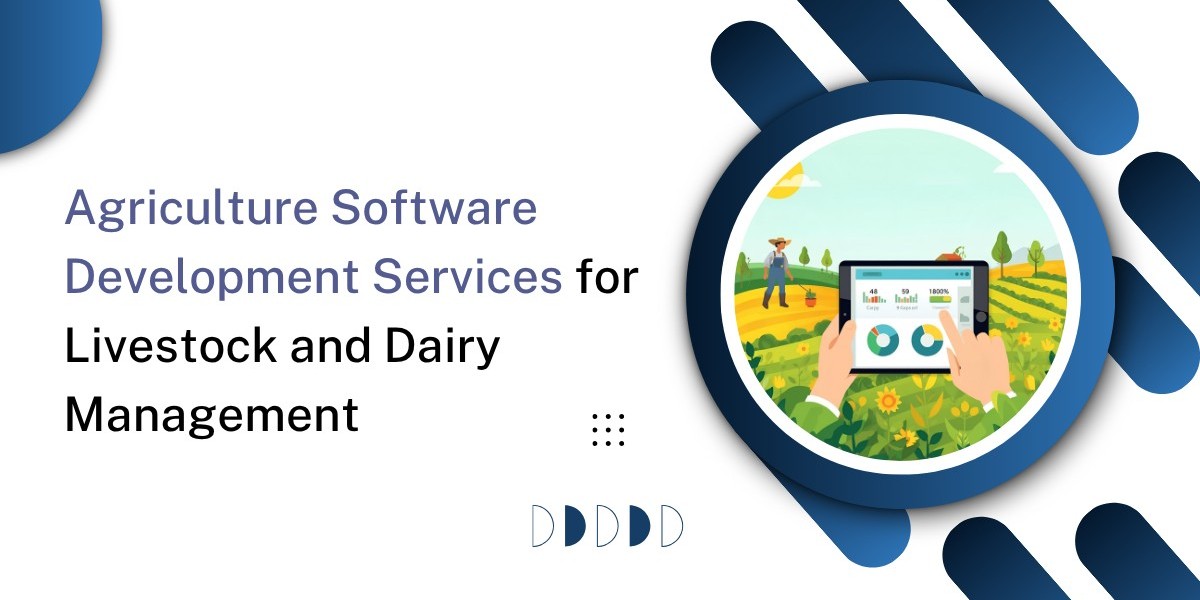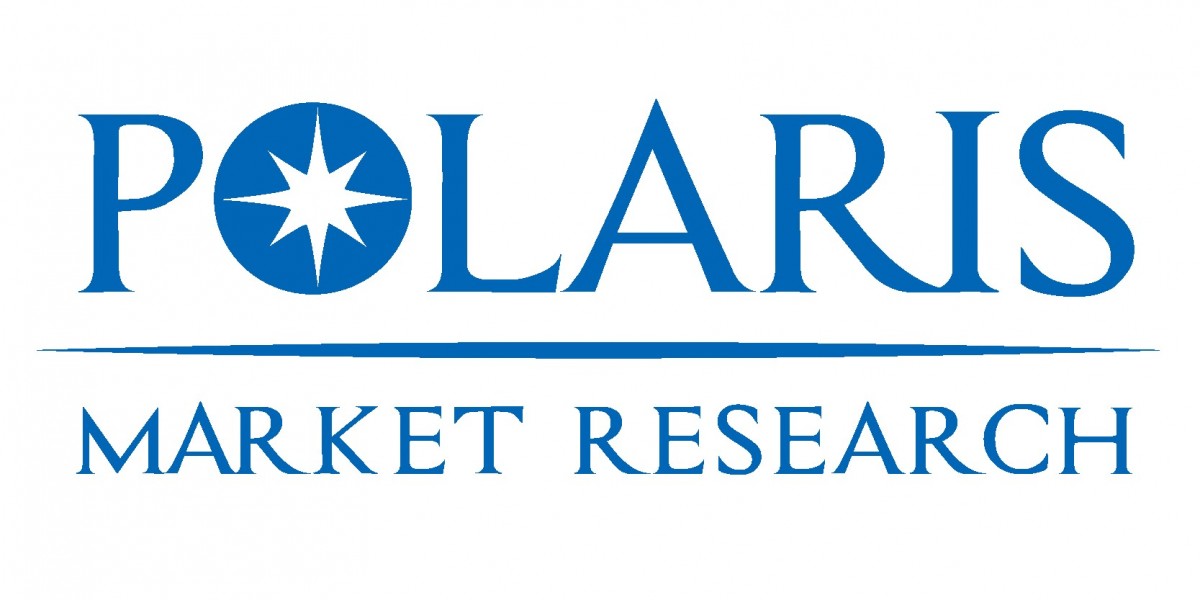The livestock and dairy industry is becoming more complex. Managing herds, tracking health, ensuring regulatory compliance, and meeting growing demands for quality require modern solutions. Traditional methods such as manual record-keeping, spreadsheets, or siloed systems are no longer sufficient.
Growing Demand for Software in Livestock and Dairy
The agricultural sector is facing new pressures:
Higher production and feed costs
Tighter regulations on milk quality and animal welfare
Consumer demand for product transparency
Labour shortages in rural areas
Increased farm sizes and complexity
Farmers need tools that provide accurate information and reduce manual work. Software development companies now focus on building agriculture-specific platforms that support farm management from end to end.
A study of large-scale farms showed that adopting digital livestock tracking systems resulted in a 20% increase in milk output. Another survey indicated that farms using automated animal health alerts reduced mortality by up to 30%.
Key Modules in Livestock and Dairy Software
When developing or using software for dairy and livestock operations, the following core modules are usually included:
1. Animal Identification and Herd Management
Unique ID for each animal (via RFID or manual tags)
Records of breed, birthdate, health history, and movements
Grouping of animals by age, production status, or location
2. Health and Veterinary Tracking
Vaccination and deworming schedules
Disease history and treatment plans
Alerts for missed treatments or abnormal behaviour
3. Reproduction and Breeding Management
Heat cycle monitoring
Artificial insemination tracking
Pregnancy checks and calving records
4. Feeding and Nutrition
Custom feed plans by animal group
Feed inventory and ration balancing
Integration with automated feeders or manual input
5. Milk Production and Quality Analysis
Daily yield per animal
Fat, protein, and solids content tracking
Milking schedules and machine data integration
6. Financial and Supply Chain Records
Milk sales and supplier contracts
Feed costs and operational expenses
Payment tracking to and from vendors
Technical Design Principles
Developing agriculture software requires careful planning of architecture, user interface, and integration with physical farm systems.
1. Modular Architecture
Each functional area (feeding, breeding, health) is treated as a module. This allows updates and scaling of specific parts without affecting the entire system.
2. Cloud and Edge Computing
Cloud servers handle data storage, reporting, and backups
Edge devices (local computers or hubs) process data when internet is weak
Synchronization ensures no data is lost
3. IoT Integration
Livestock farms often use sensors and smart devices:
RFID ear tags for animal tracking
Milk analyzers in milking parlours
Smart collars to track movement and temperature
Automated feeders with weight sensors
The software must support standard communication protocols and process high volumes of data.
4. User Interface Design
Simple layout for non-technical users
Language localization if needed
Color-coded alerts and reminders
Mobile app support
5. APIs and Data Exchange
Export data to regulators, labs, or financial systems
Import market rates, vet data, or supply chain info
Use REST APIs for modular connection
Development Process for Agriculture Software
Here is a standard development approach for building livestock or dairy software:
1. Requirement Collection
Interview farmers, managers, veterinarians
Understand equipment already in use
Identify problems and desired features
2. System Design
Choose architecture (monolithic or microservices)
Design data models: animals, feed, treatments, events
Decide on cloud, local, or hybrid deployment
3. Prototype and UI Design
Create dashboard mockups
Plan mobile and desktop layouts
Select alert types and notification methods
4. Development
Build backend services and database
Code sensor connectors and APIs
Develop mobile app and admin panel
5. Testing
Functional testing for each module
Field testing in a real farm environment
Data load testing to simulate large herds
6. Deployment
On-premise or cloud-based installation
Staff training and support
Data migration from old systems
7. Maintenance and Updates
Monitor software performance
Release regular updates
Fix bugs and adapt to new farm needs
Common Technical Challenges
Building software for farms is different from urban industries. Some challenges include:
1. Limited Internet Access
Many farms are in remote areas. Software must allow offline use and delayed syncing.
2. Old or Mixed Equipment
Farms may use devices of different ages and brands. Compatibility and sensor integration can be complex.
3. Data Accuracy
Manual entries are prone to errors. Input validation and automation reduce mistakes.
4. Low Technical Skills
Some users are not familiar with digital tools. Interfaces must be simple and require little training.
5. Changing Regulations
Animal welfare and food safety laws vary. Software must stay updated with legal changes.
Key Features That Improve Farm Operations
1. Real-Time Health Monitoring
Software can alert staff when an animal shows signs of illness. Early treatment prevents disease spread.
2. Milk Quality Tracking
Digital records ensure milk meets quality standards. This helps maintain contracts with buyers.
3. Reproduction Planning
Software helps time breeding for better results. It predicts heat cycles and tracks insemination outcomes.
4. Cost Management
Tracking feed usage and treatment costs helps reduce waste and improve profit margins.
5. Automated Alerts
When feed is low or vaccinations are due, alerts notify the staff. This avoids missing critical events.
Measurable Results from Software Use
Farms using software for livestock and dairy management often report:
15% to 25% increase in milk yield
30% drop in disease-related animal loss
20% improvement in feed conversion ratio
Up to 50% reduction in manual reporting time
Faster detection of breeding windows
These gains directly affect income and reduce operating costs.
Best Practices in Agriculture Software Development
To ensure long-term success, developers and farm managers should follow these practices:
Start with a basic version and expand features gradually
Use modular code to allow changes over time
Collect feedback from farm staff regularly
Ensure system works both online and offline
Automate data collection where possible
Use clear dashboards with visual indicators
Include data export to common formats like Excel
Keep security measures in place to protect farm data
Future Trends in Dairy and Livestock Software
Agriculture Software Development continues to evolve. Emerging trends include:
1. AI and Machine Learning
Predicting disease outbreaks, optimizing feeding plans, and analyzing behavior patterns.
2. Computer Vision
Using cameras to monitor body condition, identify lameness, or detect abnormal activity.
3. Blockchain for Traceability
Creating permanent records of milk origin, quality, and transport for consumer assurance.
4. Voice and SMS Interfaces
Allowing farmers to interact with systems using speech or basic phones.
5. Carbon and Sustainability Tracking
Monitoring water use, feed efficiency, and emissions for environmental compliance.
Conclusion
Agriculture Software Development Services have become critical for modern livestock and dairy farms. These systems help farmers manage operations with accuracy, reduce costs, and improve productivity. The software must be technically sound, user-friendly, and adaptable to changing farm needs.
For developers, understanding the practical farm environment is essential. For farmers, embracing digital tools is a path to higher efficiency and long-term success.
By combining real-time data, automation, and good design, agriculture software is reshaping how livestock and dairy operations are run.








